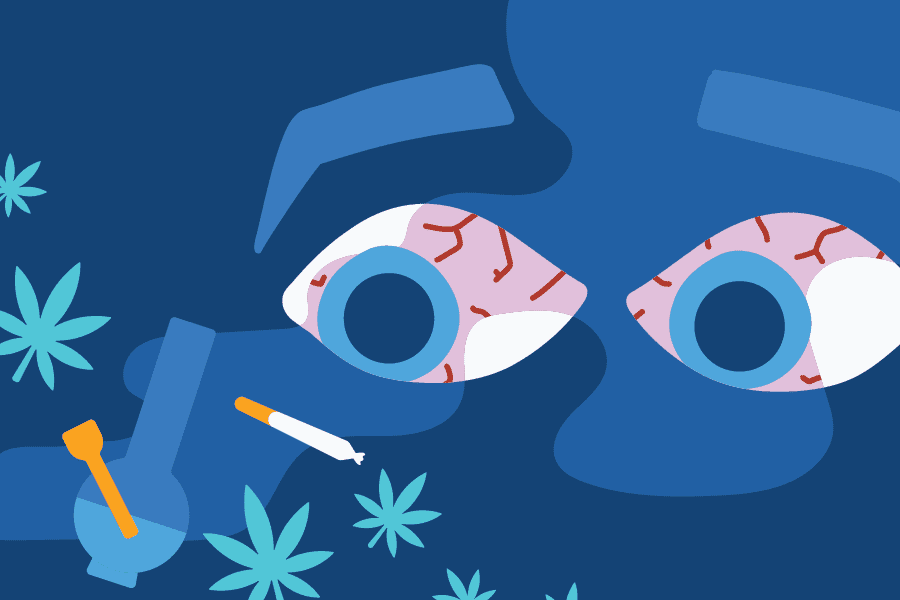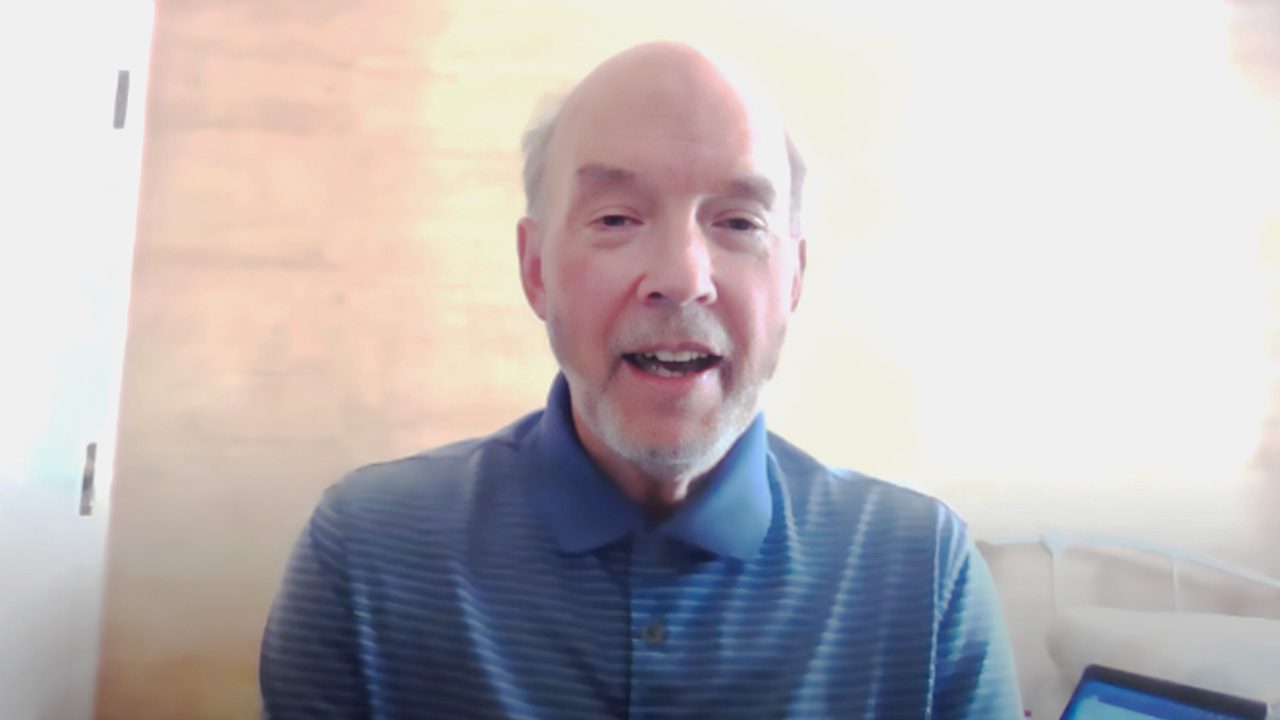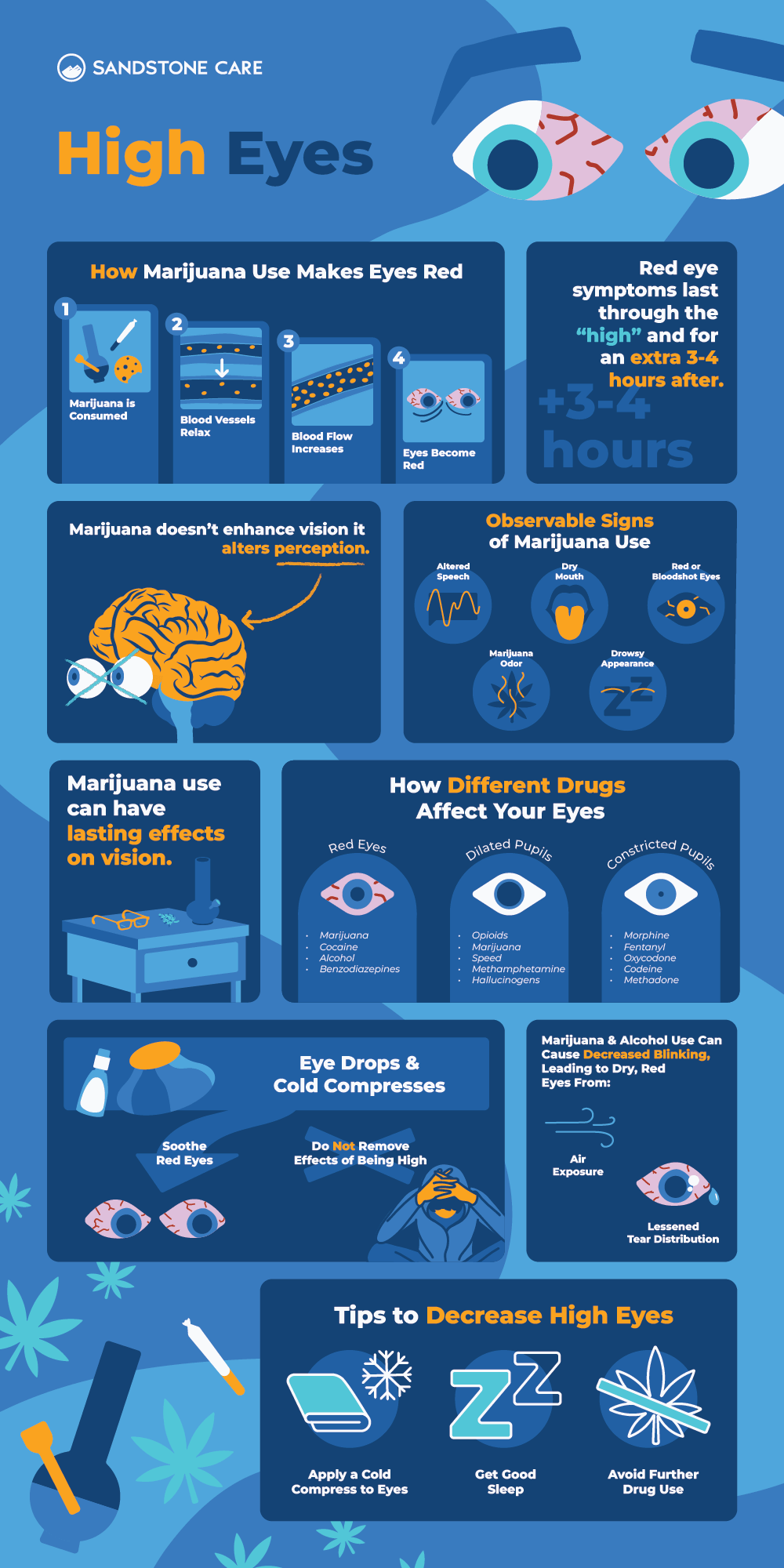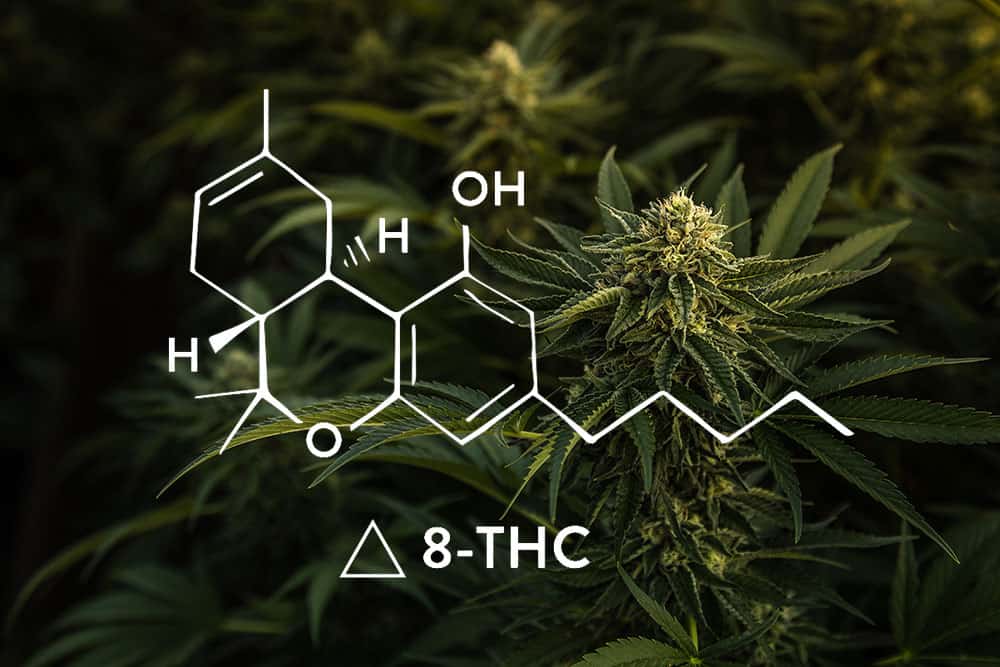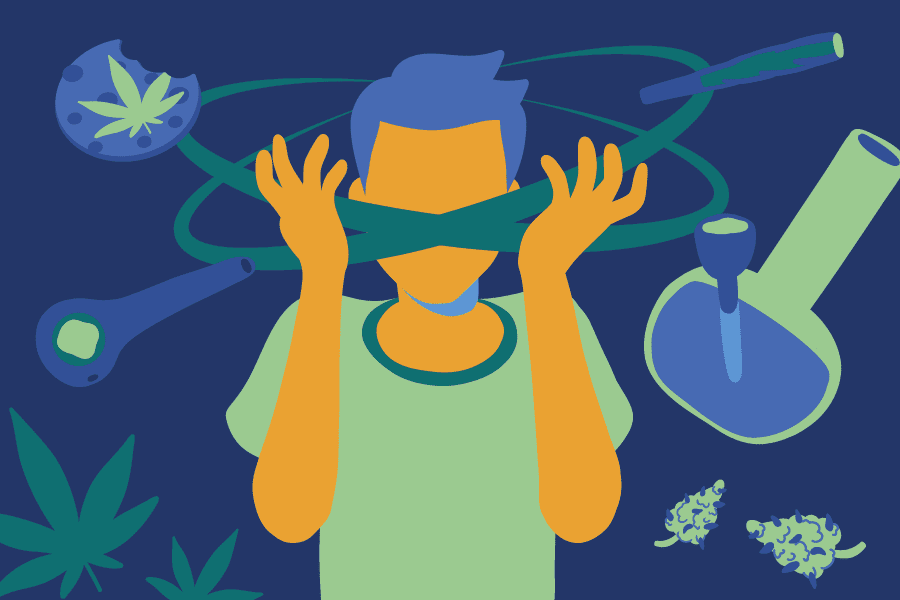High Eyes
High eyes are a common reaction to using either medicinal or recreational cannabinoids, such as weed and marijuana. The more you know about what causes your symptoms, the sooner you can get to feeling better.
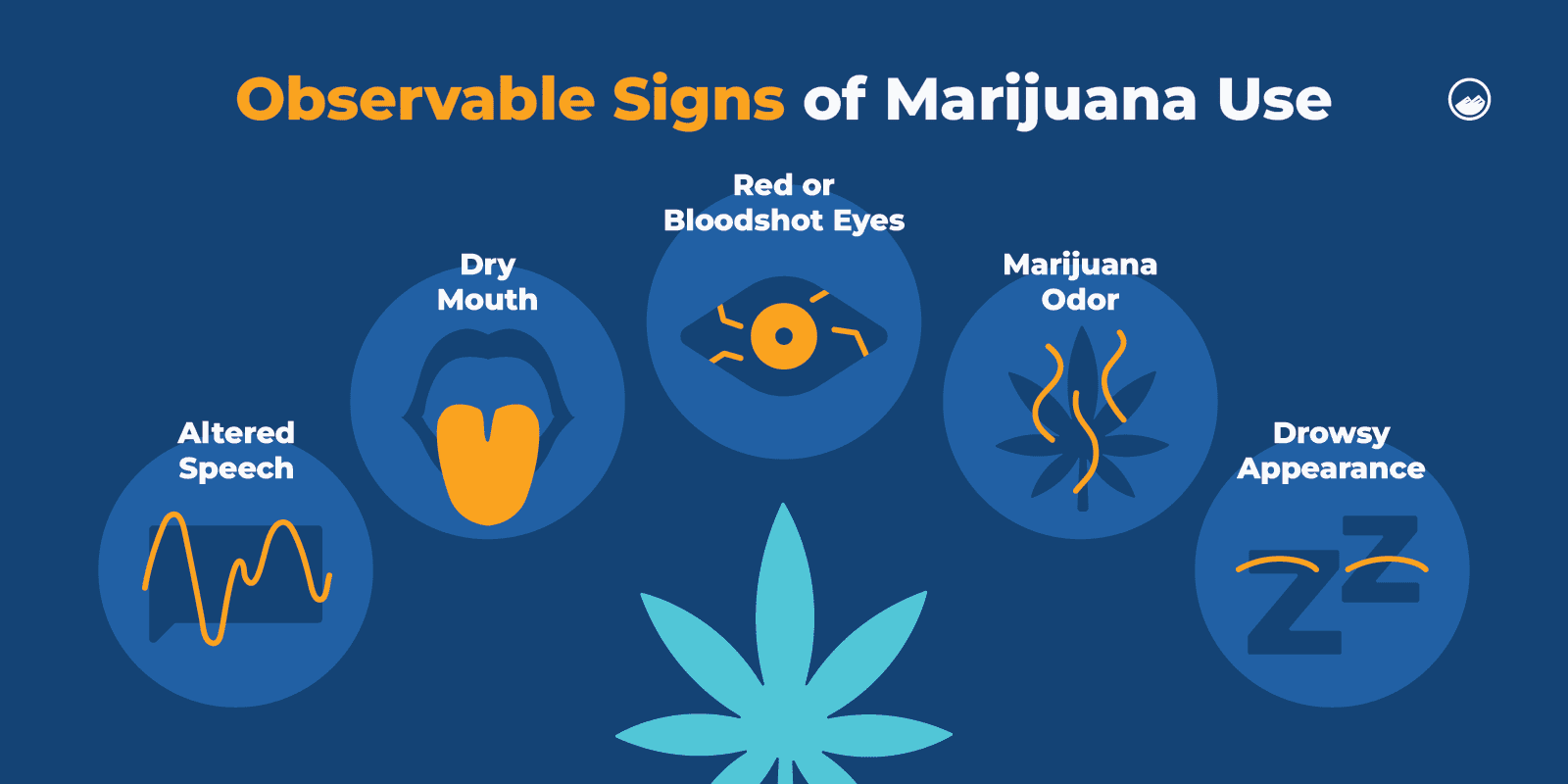
What Are High Eyes?
“High eyes” is a term used to describe the appearance of someone’s eyes after using certain substances, particularly marijuana.
Red, bloodshot eyes can be an unmistakable sign of recent marijuana use, whether or not an individual is smoking weed recreationally or using prescribed medical marijuana under directed supervision.
The most noticeable sign is red or bloodshot eyes, which happens because the blood vessels in the eyes become dilated. This can give the eyes a reddish tint.
The eyelids may also appear droopy or heavy, making the person look tired or relaxed.
High eyes are sometimes called “weed eyes”.
While high eyes are a common side effect of marijuana use, it is still important to address it.
Why Do Eyes Get Red When High?
The THC and CBD in cannabinoids is what causes eyes to go red after using substances like marijuana.
The cannabinoids impact a person’s blood vessels in and around their eyes while they are under the influence of marijuana, which causes pink and red coloring.
Using either recreational or medical marijuana introduces tetrahydrocannabinol, or THC, into the bloodstream.
This causes a person’s blood vessels to become relaxed, causing increased blood flow and decreased blood pressure, each of which contributes to red eyes.
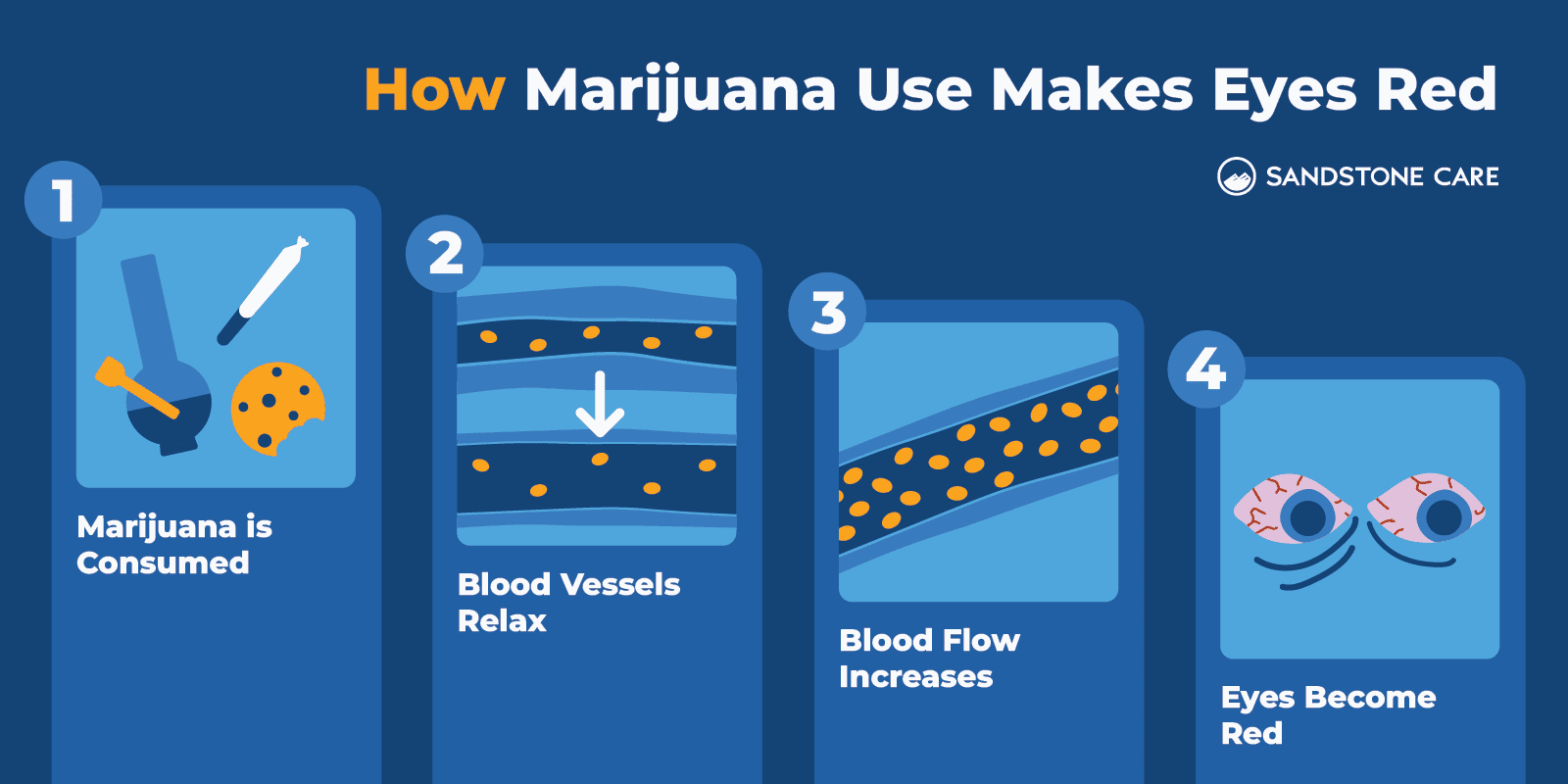
Why Can’t I See Properly When High?
Reduced intraocular pressure, or eye pressure, is a common effect of smoking weed and can lead to blurry vision, dry eyes, and more.
However, using marijuana for a long time may cause an individual to be at a higher risk of long-term detrimental effects on their eye health, such as the development of photosensitivity, eye disease, vision loss, and more.
Dilated pupils are also common following the use of marijuana and can impact a person’s vision as they are less capable of regulating the amount of light that is entering their eyes.
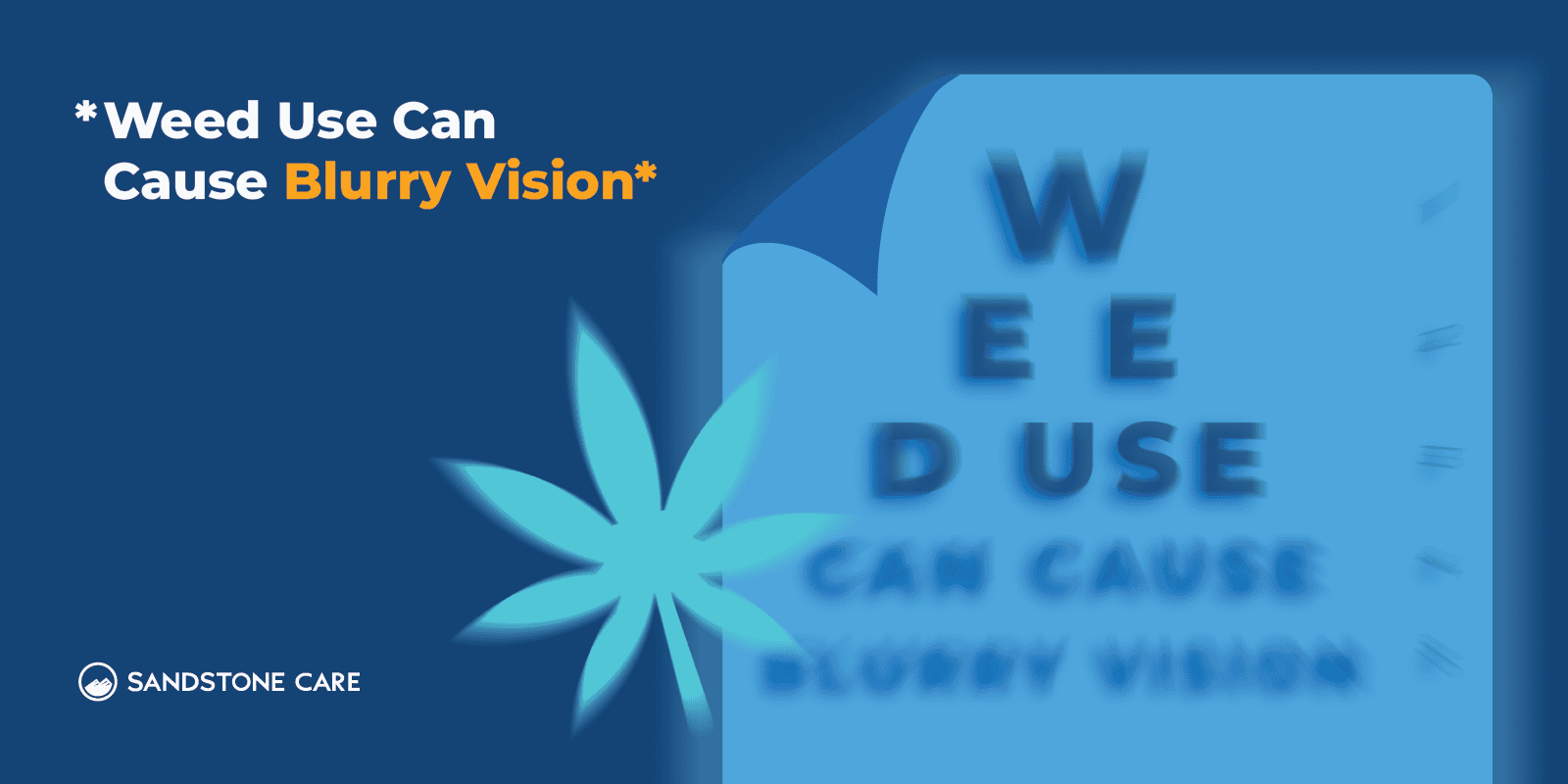
Do Your Eyes Hurt After Being High?
No, eyes do not typically hurt after being high. While red eyes can affect vision, eye pressure, blood pressure, and a person’s ocular capillaries, red eyes themselves are not painful.
Cannabis can also cause an individual’s eyes to dry. Dry eyes can be uncomfortable, but soothing dry eyes often is a simple process.
Why Do Eyes Get Shiny When High?
Eyes can seem shiny or glassy after heavy alcohol use or cannabis use.
This is due to these substances’ effects on a person’s central nervous system and its ability to regulate standard functions, such as blinking.
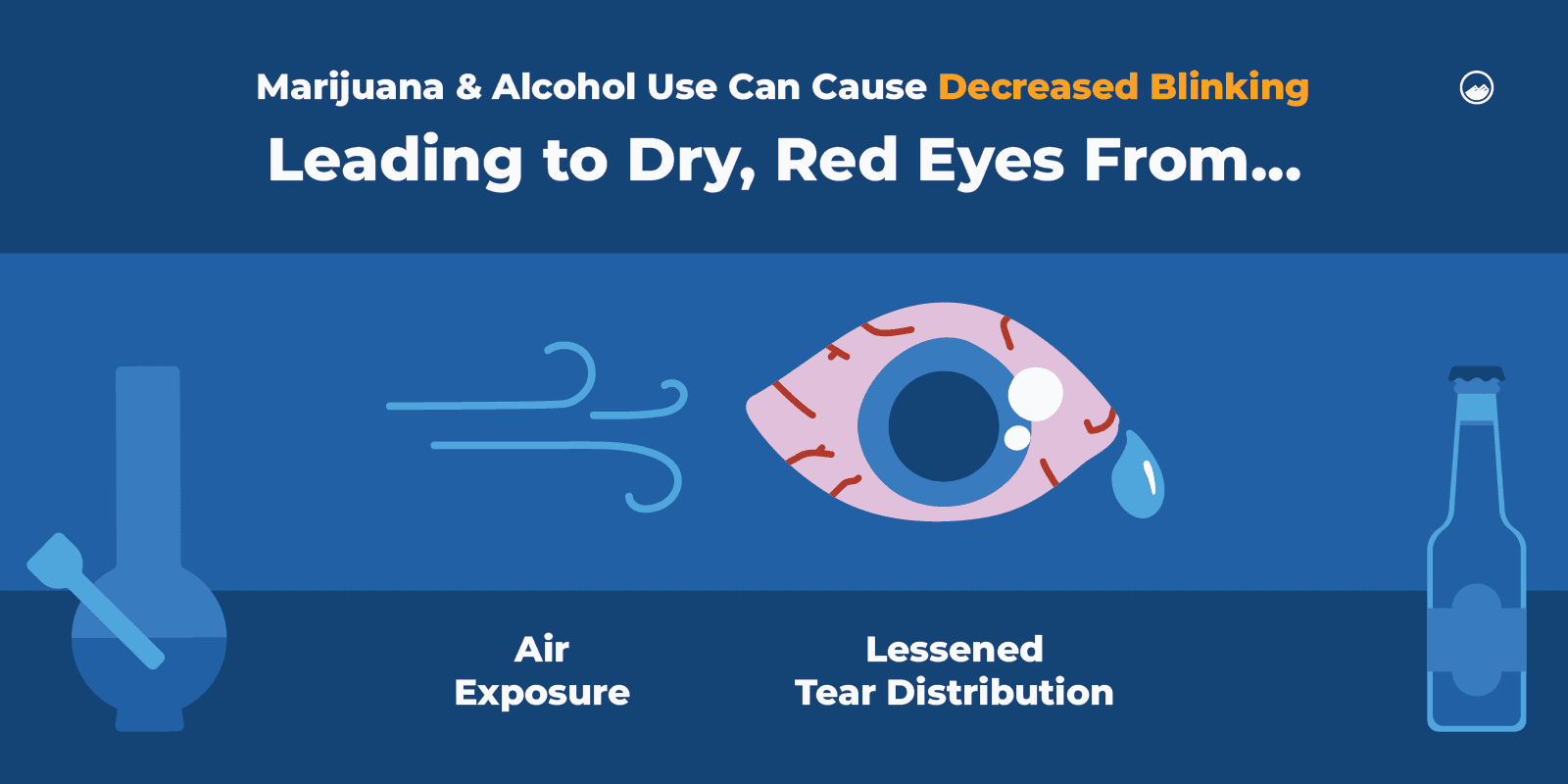
What Happens To Eyelids When High?
The eyes and eyelids are both affected by THC in the system.
The most common symptom of cannabis use on the eyelids is eyelid tremors, but redness and puffiness are also common.
Eyes on Drugs
Different drugs can affect a person’s eyes in different ways, depending on how that specific drug interacts with the body.
What Other Drugs Can Cause Stoned Eyes?
Beyond red eyes from weed, dilated pupils, and even constricted pupils can all be signs of drug use.
Red eyes can be a symptom of:
- Marijuana use
- Cocaine
- Alcohol
- Benzodiazepines
Dilated pupils can be a symptom of:
- Opioids
- Marijuana use
- Speed
- Methamphetamine
- Engagement with LSD or other hallucinogens
Constricted Pupils can be a symptom of:
- Morphine
- Fentanyl
- Oxycodone
- Codeine
- Methadone
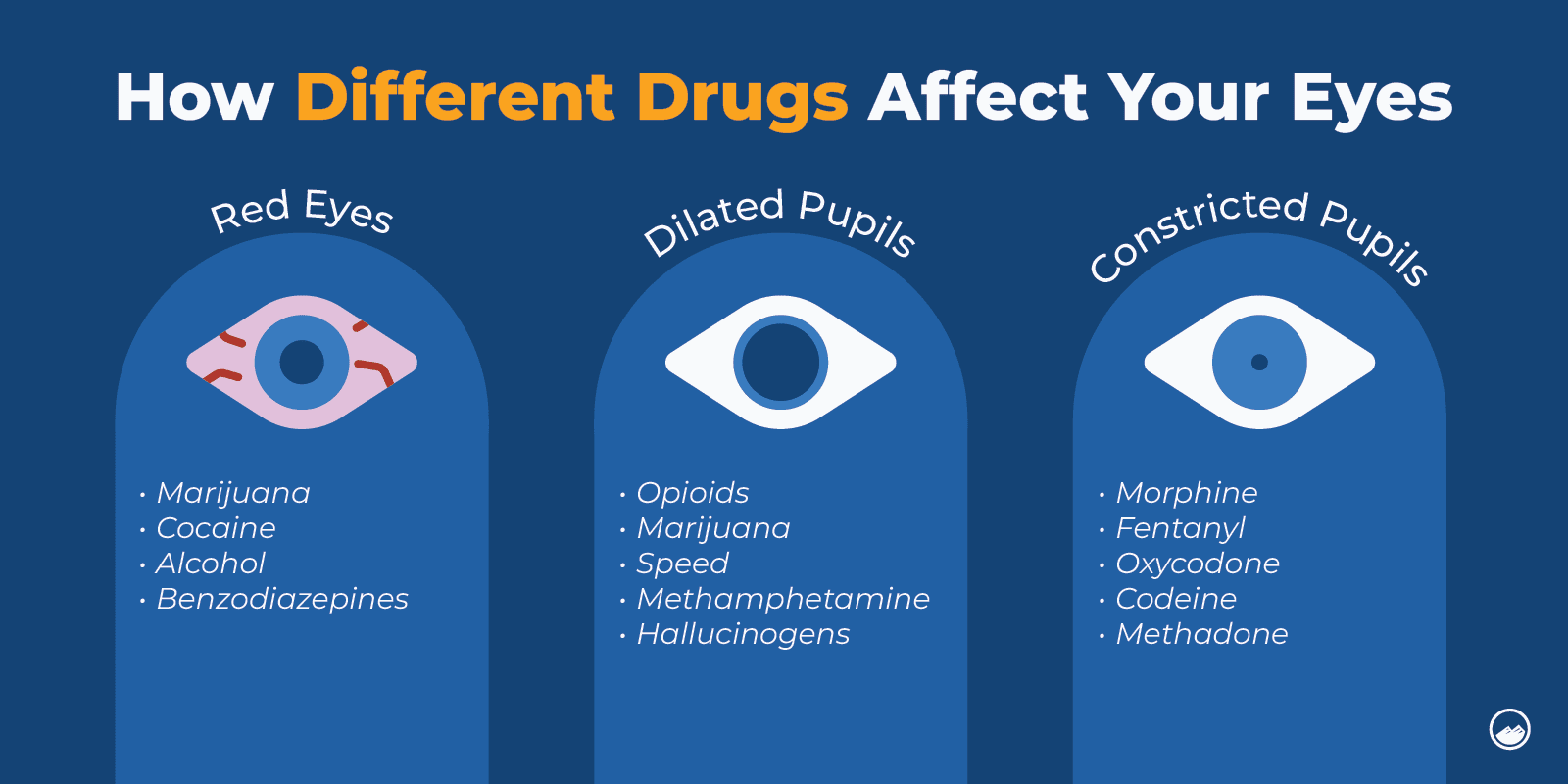
The eyes can also be the first sign that a friend, family member, or loved one can use to recognize drug use.
Do Edibles Make Your Eyes Red?
Yes, edibles still cause red eyes.
Marijuana causes eye redness, increased heart rate, and changes in blood flow because of what the THC does to the systems in the body, not the smoke itself.
Regardless of the way a person engages with marijuana, red eyes are a common symptom.
What Causes Pupils To Change Size?
Pupils change size to regulate how much light is being let into the receptors in the eye.
However, those engaging with drugs may experience not just dilated or constricted, pinpoint pupils, but their eyes may also not respond to changes in light exposure.
Drugs impact a person’s receptors and can hijack these otherwise reflexive systems in the body, causing pupils to change their size and stay either dilated or constricted regardless of changes in light exposure. This can make the eyes sensitive to light.
How Long Do Eyes Stay Dilated After Drug Use?
How long eyes stay dilated after drug use will depend on the drug being used and how long it remains in a person’s system.
The effects of drugs on a person’s eyes can persist for as long as there are traces of the substance in a person’s body. For some, this can be a couple of hours, while those engaging with substances like alcohol may continue to experience signs of alcohol use in their eyes for up to 24 hours.
Why Can I See Better When High?
While some people may believe they see better when high, drugs still harm a person’s vision.
However, this belief may stem from a person’s altered perception while under the effects of drugs, causing an individual to feel as if they can see “clearer.”
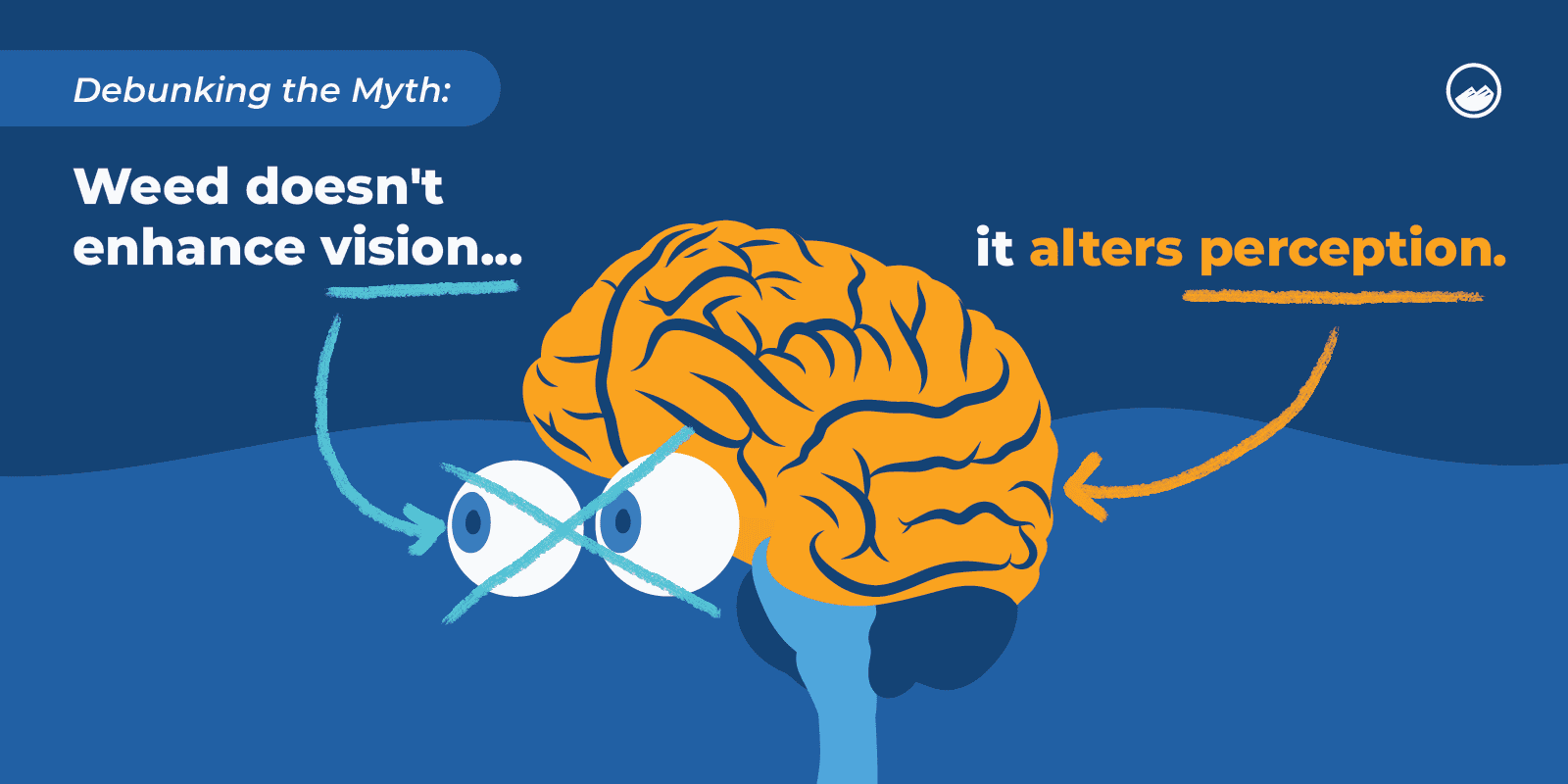
Red Eyes from Weed
Why Does Weed Make Your Eyes Red?
Smoking weed causes red eyes by affecting a person’s blood pressure and heart rate.
By relaxing blood vessels and increasing blood flow, it becomes difficult for the body to regulate how much blood is moving to the eyes.
This can lead to a decrease in eye pressure and bloodshot eyes while under the effects of cannabinoids or other drugs.
Additionally, some people may notice that their eyes get red even if they don’t smoke marijuana but consume it in other forms, such as edibles.
This shows that it’s not just the smoke that causes red eyes, but rather the way THC interacts with the body.
Can Pupil Size Show if Someone Is High on Weed?
Yes, pupil size can indicate that a person has used marijuana, as well as indicate the use of other drugs.
Marijuana not only can make eyes red but can also dilate pupils while under the effects of the drug.
In fact, red eyes and pupil size can be the first signs that loved ones may notice to indicate drug use.
How Long Does Marijuana Affect Your Eyes?
Usually the effects of marijuana on the eyes subside after about three to four hours.
Marijuana can have very noticeable effects on a person’s eyes immediately after use and while an individual is still under the influence of its effects, but the symptoms often go away within a day without any visible lingering effects.
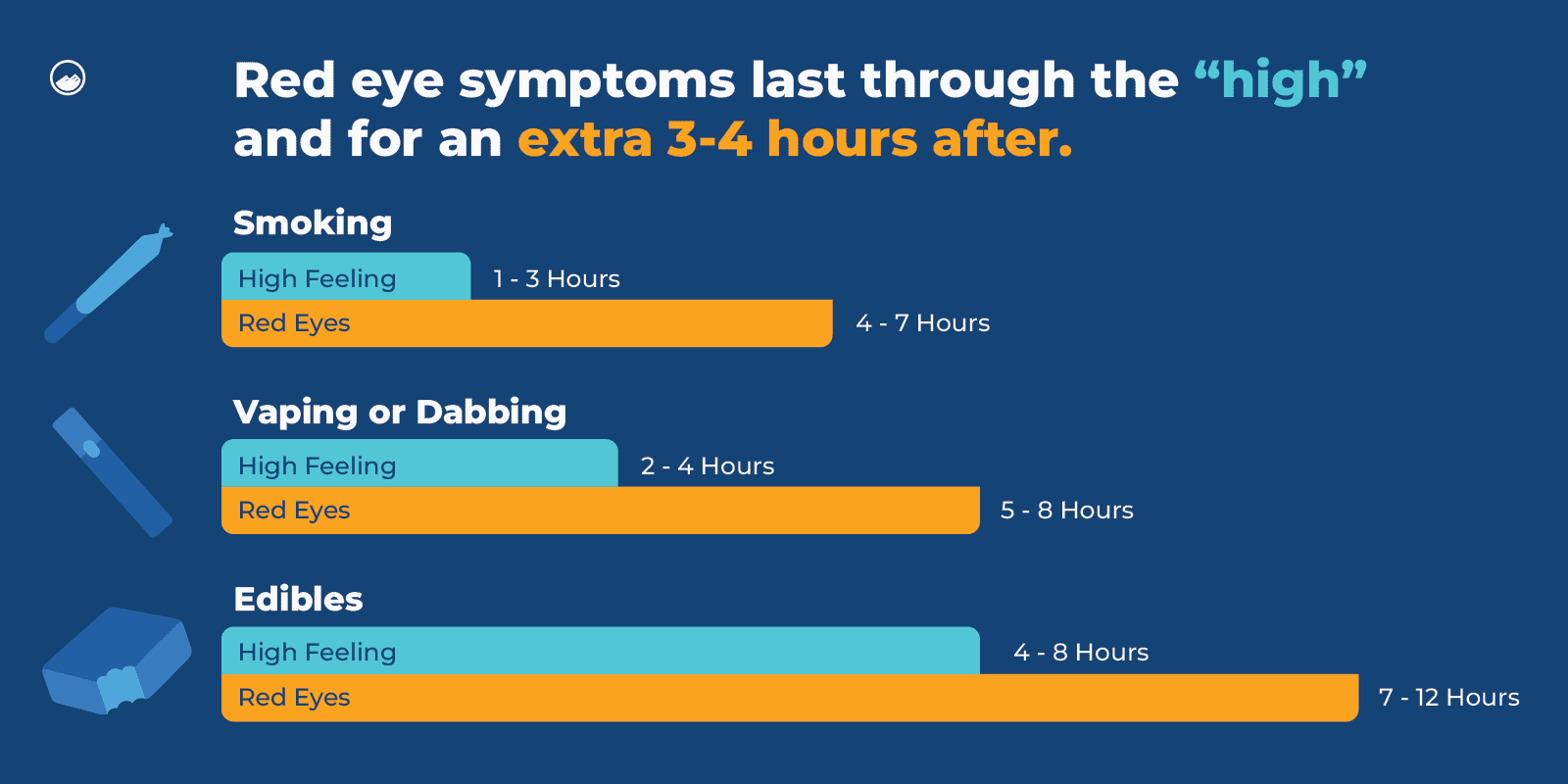
Does Cannabis Have Any Lasting Effect on the Eyes?
Yes. Marijuana use can have lasting effects on a person’s eye health and vision.
The slowing of visual processing reduced contrast sensitivity, and impaired motion perception are all recorded long-term effects of cannabis use.
Cannabis may also have effects on a person’s eye health, with long-term marijuana use potentially negatively affecting the optic nerve.
Because of marijuana’s unique effects on the eye, recent research has explored it as a potential treatment method for vision conditions such as glaucoma.
However, more study is needed to understand how long-term marijuana use may affect eye health, and its efficacy as a treatment method has not been proven.
Can Marijuana Cause Macular Degeneration?
Macular Degeneration is a major cause of blindness, especially in older persons. However, marijuana use may cause it to appear in young people.
Marijuana has been seen to speed up the deterioration of blood vessels in the eyes, which can cause macular degeneration to manifest sooner than it would for those who do not consume marijuana.
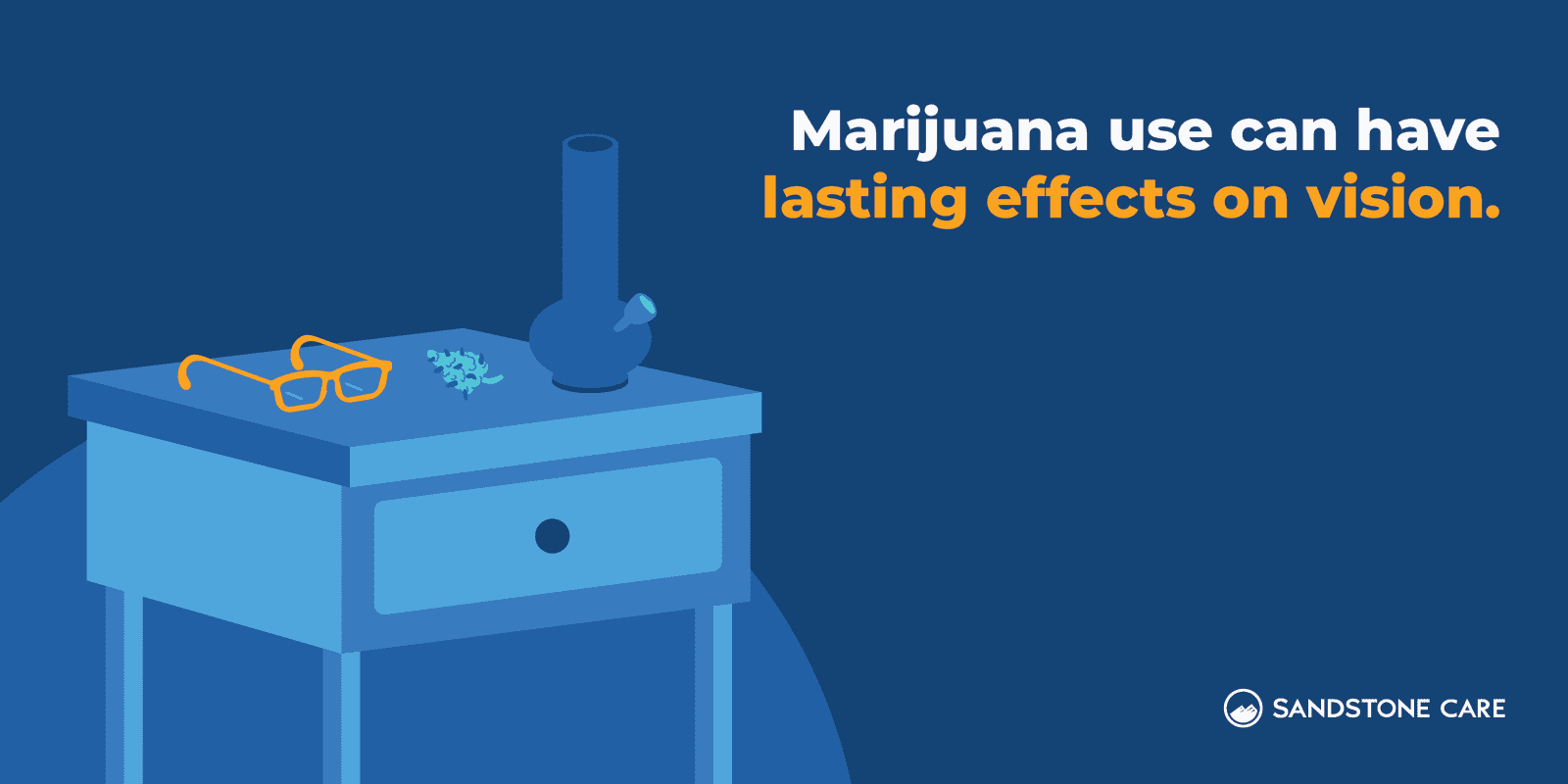
How to Get Rid of Stoned Eyes Fast
Stoned eyes can be difficult to fix quickly, but there are several methods to reduce the appearance of high eyes, such as applying a cold compress or using over-the-counter eye drops designed to reduce redness.
Cold compresses can help constrict the blood vessels in the eyes, reducing blood flow and minimizing redness.
Eye drops specifically formulated to combat redness work by constricting the dilated blood vessels that cause the eyes to appear bloodshot.
However, it’s important to remember that while these methods may make your eyes look less red, they do not address the other effects that marijuana or drugs have on the body and mind.
Reducing the redness or returning the pupils to normal size does not equate to sobering up. The cognitive and physical effects of the drug, such as impaired judgment, slowed reaction time, or altered perception, remain present until the substance is fully processed by the body.
It’s essential to wait for these effects to naturally subside, especially before engaging in activities that require full alertness, such as driving.
How Long Does It Take For Red Eyes to Go Away After Being High?
The length of time it takes for red eyes to go away can depend on the type of drug being used, how strong the strain of the drug is, and other health factors such as hydration.
While most symptoms of red eye will go away within a couple of hours, others can take a bit longer.
Once again, it is important to note that even if eye redness is completely gone, it does not mean that the drug is no longer impacting your brain and body.
How to Get Rid of Stoned Eyes Fast Without Eyedrops
The most common way to get rid of stoned eyes fast without using eyedrops is to apply a cold compress.
Simply placing a cold washcloth or ice pack over closed eyes for a few minutes can help alleviate the appearance of bloodshot eyes.
Another effective method is staying hydrated by drinking plenty of water.
Dehydration can worsen redness, so keeping hydrated helps flush out the system and reduces dryness that may contribute to irritated eyes.
Spending time in a well-lit or naturally lit environment can help normalize your eyes’ appearance by causing the pupils to contract, which can reduce dilation.
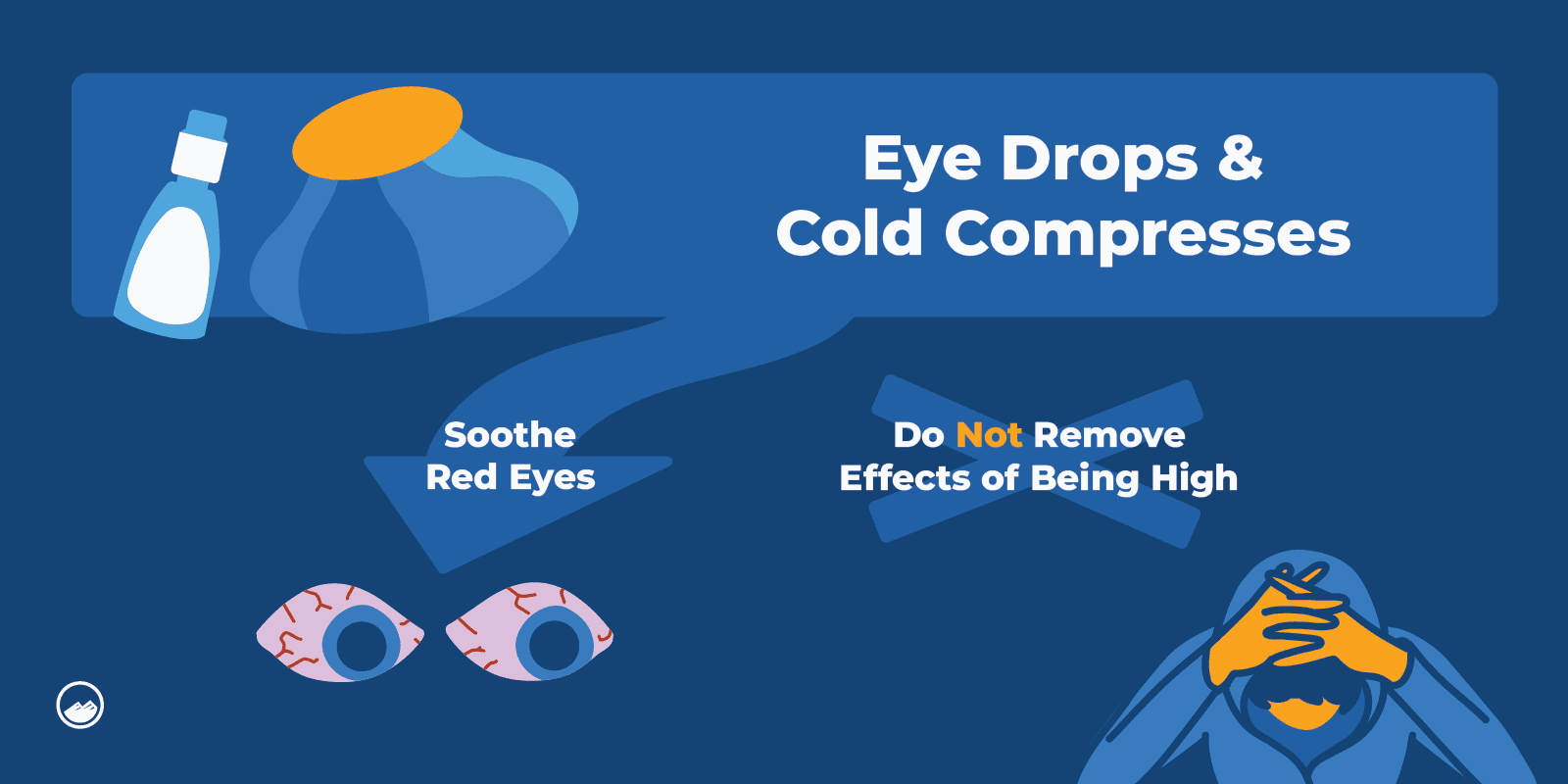
How to Get Rid of Stoner Eye Bags
Using a cold compress and getting some rest can help get rid of stoned eye bags without needing over-the-counter eye drops.
The cold temperature constricts blood vessels and reduces swelling, making the eye bags less noticeable.
Additionally, elevating your head while sleeping can prevent fluid from pooling under the eyes, which causes puffiness.
Finally, gently massaging the under-eye area can stimulate blood flow and help drain excess fluid, reducing the appearance of bags.
How Do You Get Rid of High, Puffy Eyes?
Puffy eyes are a common symptom of drug and marijuana use, but it is treatable.
Applying a cold compress, getting sleep, and abstaining from further drug use is important for decreasing puffiness in the eyes following drug use.
However, if symptoms continue to persist, an individual can always schedule with an eye doctor for eye exams to further understand how drug use may be affecting their vision and eye health.
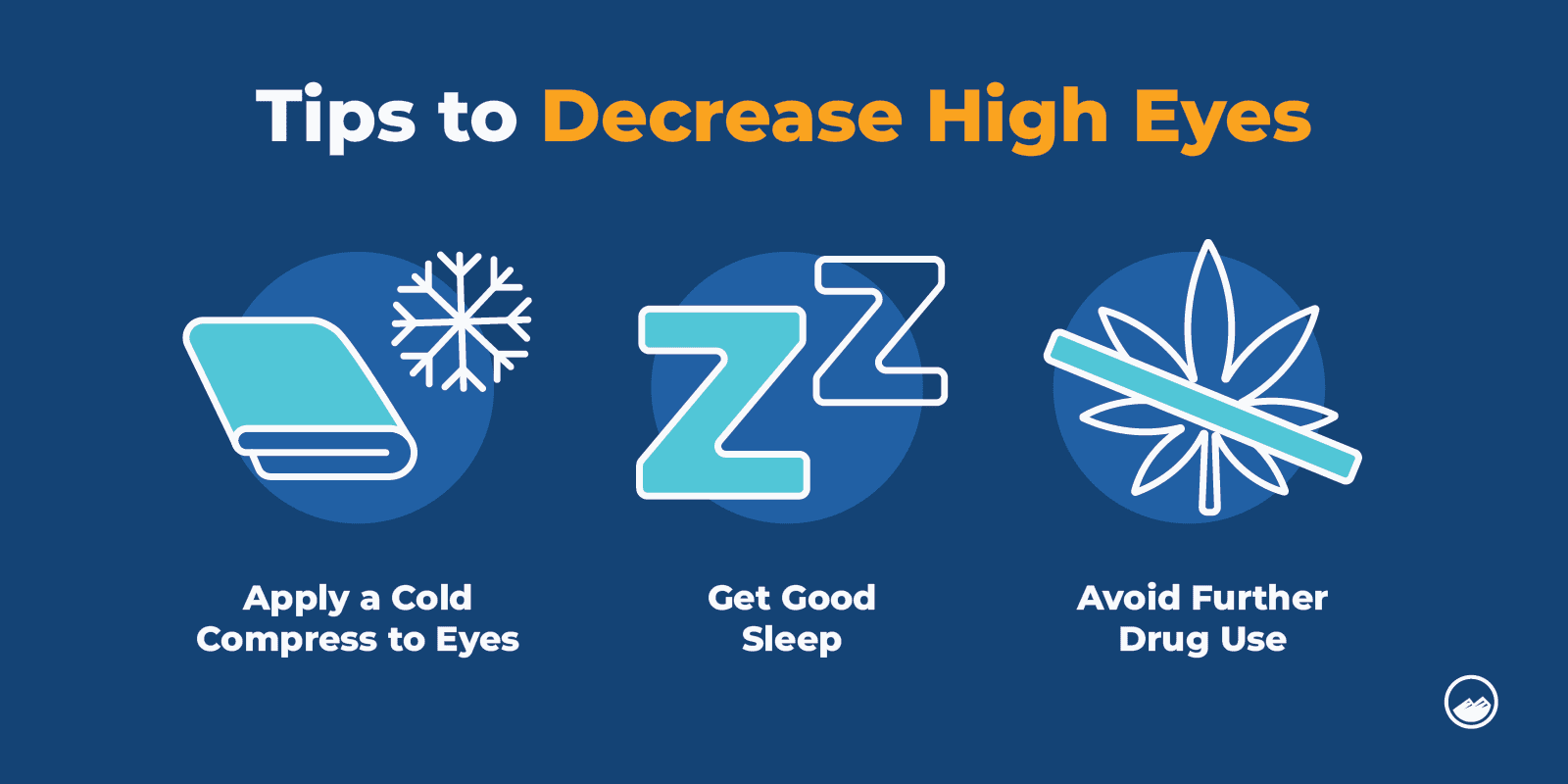
Treatment for Marijuana Addiction
How Do I Get Help For Marijuana Addiction
Marijuana addiction can be a profound challenge for many. Thankfully, there are always options for those with cannabis use disorder (CUD) to challenge and overcome addiction for a healthier life.
For many people, entering marijuana detox programs help them to find a more sustainable relationship with stress and substance use.
Taking the first step toward treatment and recovery can be difficult, and recognizing the signs of addiction in oneself or a loved one is the first step toward creating an effective treatment program with Sandstone Care.
Some signs that a person may benefit from professional treatment for marijuana addiction include:
- Inability to decrease or cease marijuana use
- Compromised professional or academic performance or attendance
- Self-isolation or distancing oneself from social gatherings or previous hobbies and interests
- Sudden onset of financial challenges, unexplained budgets, or even stealing
Likewise, an increase in emotional challenges such as anxiety, depression, mood swings, and more can all further indicate the need for professional treatment to overcome marijuana addiction, especially for those who have attempted their own at-home detox and therapies in the past and have been unsuccessful in maintaining abstinence from marijuana.
Some other signs that can indicate a problematic relationship with cannabis include:
- Using more than intended
- Having invasive thoughts or cravings about marijuana
- Continuing to engage in marijuana use even after being confronted or questioned about a person’s use
- Needing more of the drug to experience the same effects
- Experiencing withdrawal symptoms when they try to take a break from marijuana
Professional treatment can not only address these challenges but also the effects of marijuana addiction on a person’s mental and physical health, from their eye health to symptoms of anxiety, depression, and the health of personal relationships.
Reaching out to various local treatment facilities to better understand their programs and prepare for change is also essential.
Each treatment program for marijuana use is a little different. Finding the best place, rather than the first place, to begin treatment is essential for a truly effective approach to sobriety.
Ensuring that each person will have access to personalized care and treatment options, dedicated medical staff, and age-appropriate care options can make a massive difference in the efficacy of each person’s recovery efforts.
Knowing what to expect from various therapies and treatment facilities can also help those who would most benefit from marijuana addiction treatment and their loved ones prepare for the profound change ahead, helping to deconstruct barriers or quell any harmful beliefs before embarking on their transformative journey.
The effects of marijuana use on the eyes are just one impact of marijuana addiction.
Finding holistic care is an essential part of both physical healing and also making the necessary lifestyle changes for sustainable sobriety, physical health, and emotional health.
FAQ
You Have Questions, We Have Answers.
Our goal is to provide the most helpful information. Please reach out to us if you have any additional questions. We are here to help in any way we can.
While red eyes are a very common symptom of marijuana use, not all people will necessarily experience it.
Red eyes are caused by changes in blood pressure in the eyes. Those who have naturally very high blood pressure may not be able to decrease their eye pressure enough to experience red eyes.
Red eyes are just one sign that a person is high.
Other potential signs include compromised motor skills and reaction time, slurred speech, altered sense of perception, disconnected thoughts, loss of coordination, and much more.
There is no guaranteed way to pass, as if a person has not been engaging with drugs, and some signs cannot be hidden.
While some sources may purport to have ways to pass as not high, this is often informed by a person’s altered sense of perception while under the influence of cannabis, opioids, or other drugs.
Changes in pupil dilation and perception can make it difficult to see while high.
Those engaging with drugs heavily may also experience a degree of asphyxiation due to either smoke or an inability to get enough oxygen, which can add to their challenges while engaging with drugs.
Eye drops cannot erase THC in the body.
While eye drops can be beneficial for treating red eye symptoms of drug use, they cannot actually impact the amount of drug in a person’s body and cannot be used to quickly “sober up.”
Eyes can feel weird when high due to their changing eye pressure, pupil dilation, and more. Dryness and irritation can further these feelings of discomfort.
It can be difficult to get rid of stoned eyes naturally without eye drops.
Applying a cold compress and waiting for the drugs to process in a person’s body are the best ways. Likewise, avoiding further drug use is necessary to prevent high eyes from coming back.
However, if an individual notices that the effects of high eyes are not going away or they have concerns about their eye health due to marijuana use, contacting an eye doctor can help address the situation and provide further guidance.

